About products and suppliers
Tại Alibaba.com, bạn có thể tìm thấy các dẫn xuất khác nhau của. thước nhựa 20 cm với giá tốt nhất từ những người bán hàng và nhà sản xuất tốt nhất .. thước nhựa 20 cm là các nhóm nitơ được tuyển dụng trong một số ngành vì họ đóng một vai trò quan trọng trong nhiều cơ các phản ứng. Các dẫn xuất amin thường được tạo thành bằng cách thay thế một nhóm hydro và thêm một nhóm aryl hoặc alkyl.
thước nhựa 20 cm có một số loại và nhiều loại dẫn xuất, chẳng hạn như anilin, axit amin và trimethylamine, mà bạn có thể mua dễ dàng từ Alibaba.com. Có hai loại amin tùy thuộc vào bản chất của chúng. Các amin béo là các nhóm mà nhóm nitơ được kết nối với một nhóm alkyl (một mạch cacbon). Ngược lại, amin thơm là các phân tử mà nitơ được gắn vào nhóm aryl [một vòng thơm]. Dựa trên số lượng nhóm thế gắn vào cacbon, có ba loại amin: bậc một (gắn với một chuỗi cacbon và hai hydro), thứ cấp (gắn với hai chuỗi cacbon riêng biệt và một hydro) và bậc ba (gắn với ba chuỗi cacbon riêng biệt. ).
thước nhựa 20 cm và các dẫn xuất của chúng được sử dụng trong một số ngành. Trong công nghiệp thuốc nhuộm, metyl da cam và FCF màu vàng hoàng hôn thường được sử dụng, trong số những loại khác. Một số lượng lớn các dẫn xuất của amin được sử dụng trong ngành công nghiệp dược phẩm, chẳng hạn như amphetamine, chlorpheniramine, chlorpromazine, nortriptyline và morphine. Trong ngành công nghiệp xử lý khí, nhiều dẫn xuất amin (như monoethanolamine, diglycolamine và methyl diethanolamine) được sử dụng để loại bỏ carbon dioxide và hydro sulfide khỏi dòng khí tự nhiên và quá trình lọc dầu.
Chỉ mua chất lượng tốt nhất. thước nhựa 20 cm với giá cả phải chăng trên Alibaba.com. Chúng rất quan trọng đối với nhiều phản ứng và do đó, điều cần thiết là bạn chỉ mua các hợp chất tinh khiết mang lại cho bạn kết quả tốt nhất mà không có bất kỳ sai sót nào. Tại đây, bạn sẽ tìm thấy câu trả lời cho mọi nhu cầu và yêu cầu của mình.

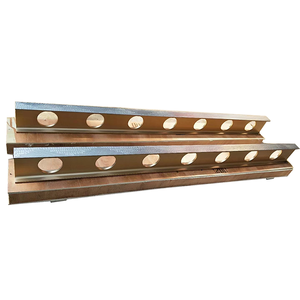




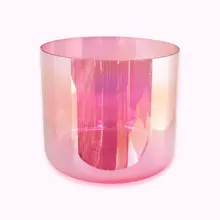
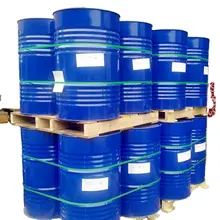
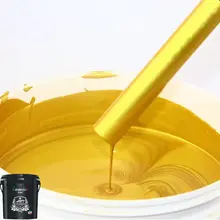
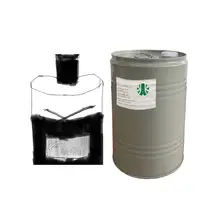







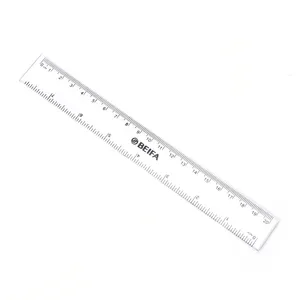
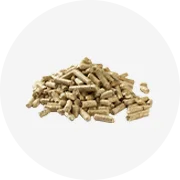
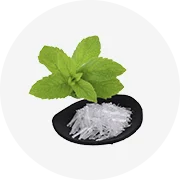








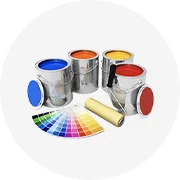
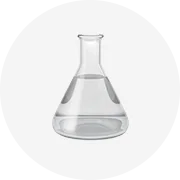











 浙公网安备 33010002000092号
浙公网安备 33010002000092号 浙B2-20120091-4
浙B2-20120091-4